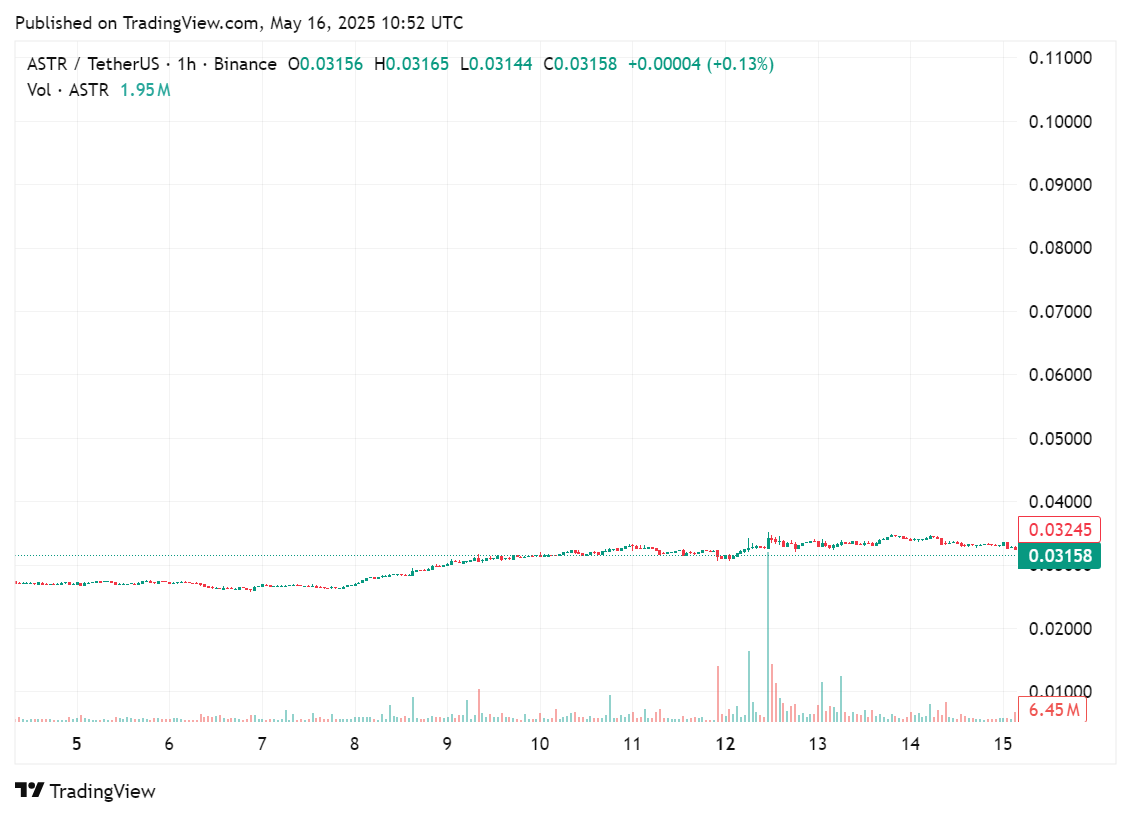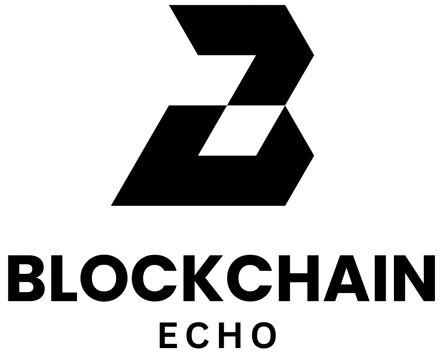Astar Network is asking for community feedback on its latest proposal, suggesting a shift in its ASTR tokenomics from a dynamic inflation model to a fixed maximum supply model.
On May 16, Astar Network (ASTR) raised attention to its forum proposal on its official X account. Posted on the protocol’s official blog, the proposal consisted of a third update to its tokenomics, which would include a change to its current token supply model.
“A forum proposal exploring a fixed supply model is currently under discussion. Community voices are encouraged as we rethink Astar’s future,” wrote the protocol in its post.
The suggested tokenomics update would mean that that no new ASTR tokens would be minted over time. Instead, the project would adopt a fixed supply cap on its tokens, which means a maximum number of ASTR tokens would exist. This would make the Astar Network token more similar to Bitcoin (BTC), which has a hard cap of 21 million BTC.
In addition, the proposal also introduces a gradual emission reduction mechanism that would maintain its dynamic staking incentives despite the change in tokenomics. It would also keep its dApp staking rewards, projecting 11-14% in maximum APR with bonus rewards at 50% staking ratio within the next two years.

At press time, ASTR has gone up by 2.7% in the past 24 hours. The token is currently trading hands at $0.031. In the past week, the token has seen meager gains at 3%. In the past month, Astar Network’s token has been pulled alongside the wider crypto rally, surging by 24.7%.
Astar Network’s native token has a total supply of 8.4 billion and a circulating supply of 7.6 billion. Meanwhile, its maximum supply is infinite, in accordance with its dynamic inflation model. If the project decides to adopt a maximum cap on its token supply, then its token supply will stay at a fixed number.
A fixed token supply would make ASTR a scarce cryptocurrency that can grow in value overtime. Investors and developers may find the token more appealing due to the certainty and stability of knowing exactly how many tokens will ever exist.
On the other hand, erasing the dynamic inflation model would normally eliminate staking rewards for holders. However, the project assured users that it would seek to maintain rewards at a 50% staking ratio within the next two years through an exponential decay formula.
“Builder rewards will continue, sourced from strategic reserves, ensuring stability during the transition,” stated the protocol.

